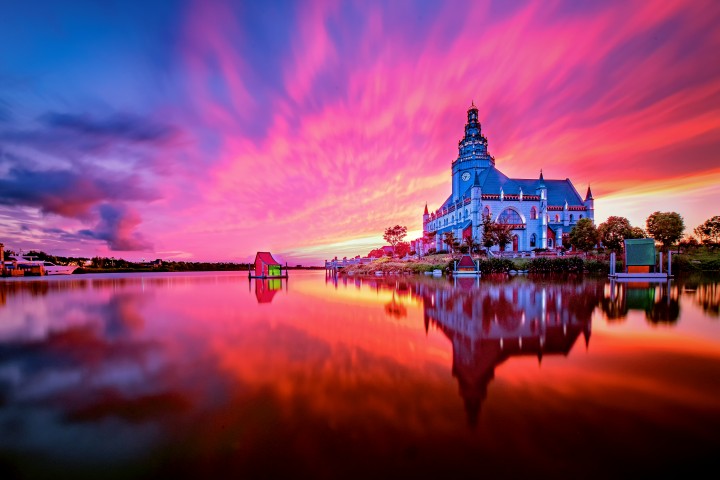The strategy for community livelihood enhancement in the Yancheng Yellow Sea Wetlands centers on its unique green ecological products and representative intangible cultural handicrafts. Driven by creativity and oriented towards establishing a cultural economy, this model integrates both natural and cultural assets, as well as tangible and intangible cultural heritages, to offer or enhance sustainable livelihoods for residents within the World Heritage site communities. This strategy realizes the immense potential of culture in various aspects, from poverty alleviation to promoting heritage site resilience, thus advancing targeted poverty alleviation and rural revitalization.

Specialized Aquaculture:
While upholding the rigorous environmental standards of heritage conservation, towns around the heritage site are being introduced to organic and bird-friendly agricultural practices, such as the use of organic fertilizers and zero pesticides, aiming to foster a range of farms dedicated to producing green organic crops and marine products.

Heritage Site Tourism Services:
Leveraging the two nature reserves, five exhibition zones, and tourism-supporting communities, there's an ongoing effort to establish venues for illustrating the ecotourism value of the heritage site.

Traditional Craft Preservation:
Based on the unique tourist resources and universal value of the heritage site, there's a keen emphasis on exploring the distinctive folk culture of communities around the heritage site. This initiative encourages the development of cultural and creative product industries, crafting representative IP images (like the Red-crowned Crane, Spoon-billed Sandpiper, and Milu Deer), and the development of various cultural and creative products.

Fishermen and Birds:
There's a concerted push to enhance agriculture and aquaculture practices that aligns with avian protection.
